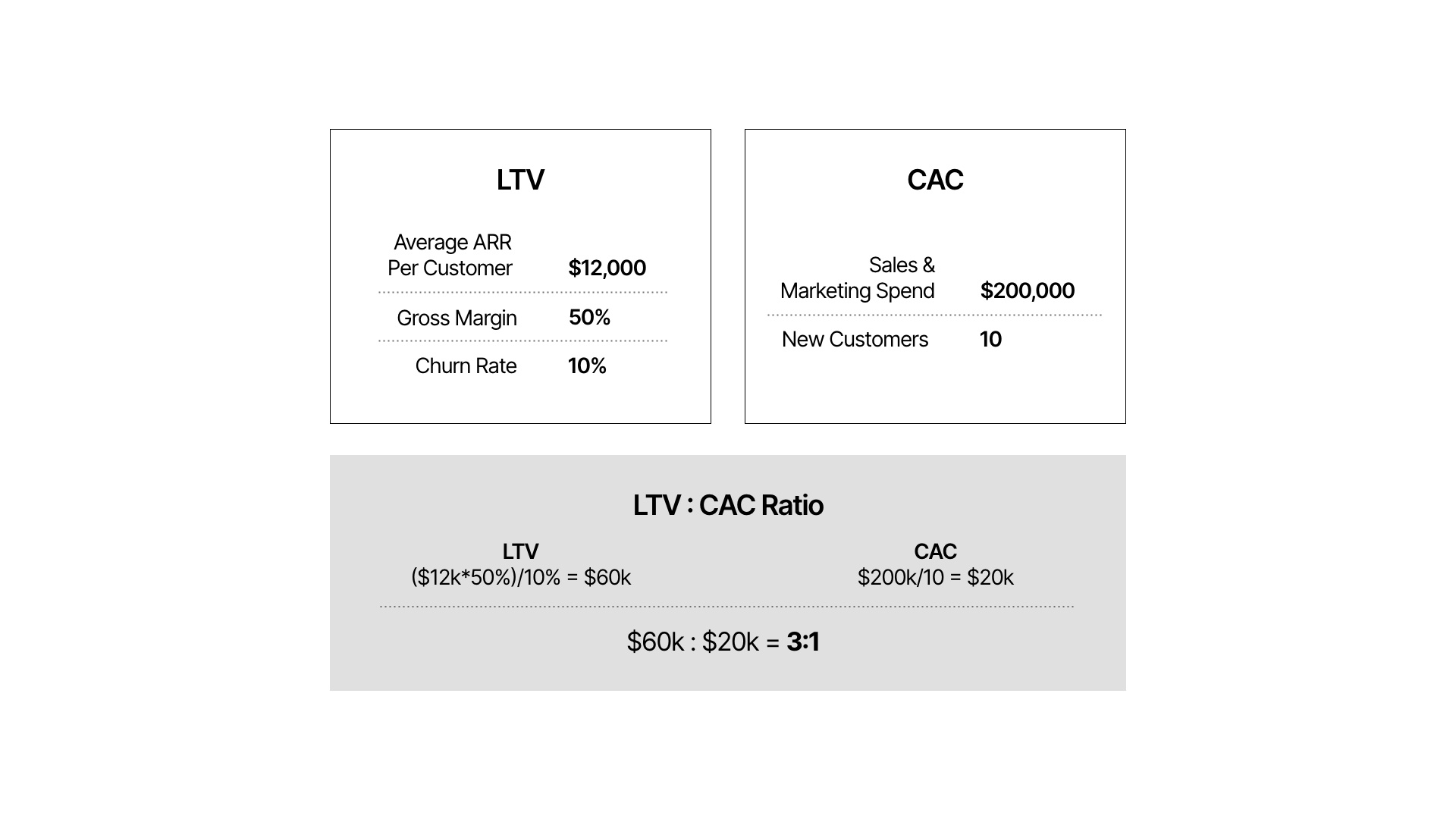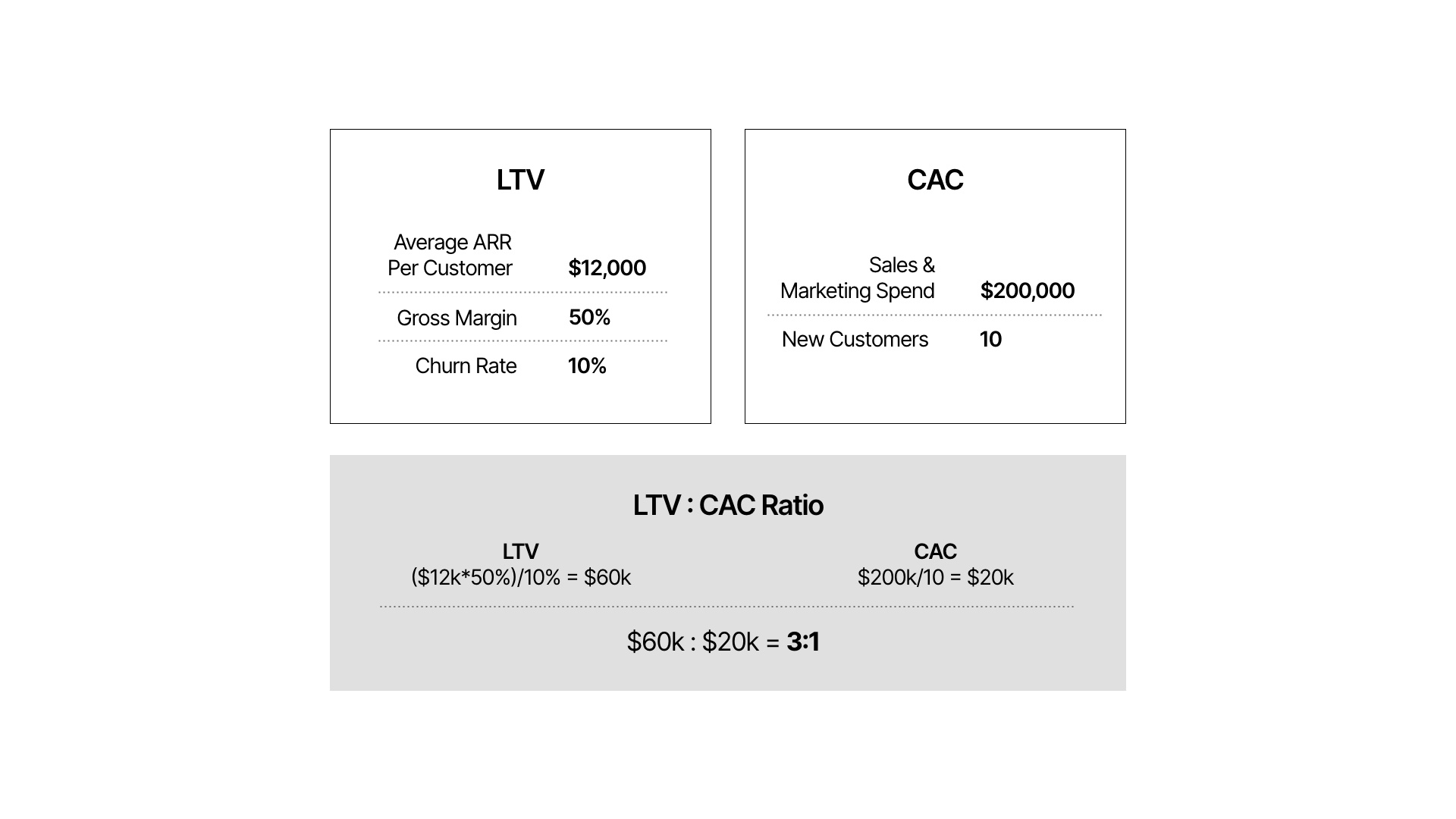Announcing the Launch of Outcome Marketing
Outcome Marketing: A Proven Framework for Predictable Growth

RevOps (Revenue Operations) is the missing link that aligns marketing, sales, and operations to create a predictable, scalable revenue engine. For small and mid-sized businesses (SMBs), implementing RevOps means breaking down silos, optimizing lead flow, and improving conversion efficiency. This playbook outlines a data-driven approach to RevOps, incorporating key metrics, workflows, and technology that can help SMBs drive sustainable growth.
By leveraging RevOps best practices, a RevOps framework, and RevOps automation, SMBs can streamline their marketing ops and enhance customer lifecycle management. If your company is considering RevOps consulting or developing a RevOps strategy, this guide will provide actionable steps to optimize revenue operations effectively.
For many SMBs, revenue growth is hindered by operational inefficiencies and misalignment between teams. Without clear ownership of revenue-generating activities, businesses struggle with inconsistent lead follow-ups, poor sales conversion rates, and difficulty in measuring the impact of marketing investments. RevOps brings these functions together, ensuring that marketing, sales, and operations work cohesively towards common revenue goals.
Most SMBs struggle with fragmented revenue processes:
Marketing says sales isn’t following up on leads.
Sales says the leads aren’t qualified.
Operations struggles to measure true pipeline impact.
Customer acquisition costs (CAC) keep rising, with no clear ROI.
RevOps creates a unified revenue engine, where data, technology, and processes align to generate and close pipeline efficiently.
A successful RevOps strategy starts with a solid foundation built on clear processes, aligned teams, and integrated technology. Businesses must ensure that lead attribution is accurately tracked, funnel stages are well-defined, and customer segmentation is based on meaningful insights. By maintaining a structured and clean database like CAPdb, companies can eliminate data silos and create a unified source of truth for revenue operations.
A well-structured RevOps framework ensures visibility, efficiency, and growth. Key components include:
Lead Source Attribution: Identify high-performing channels.
Sales Funnel Stages: Clearly define TOF, MOF, and BOF engagements.
Customer Segmentation: Use firmographics, behavioral data, and account potential to target high-value prospects.
Customer and Prospect Database (CAPdb): Consolidate and clean customer data for accurate tracking and segmentation.
🔹 Pro Tip: Use CRM tools like Salesforce or HubSpot and integrate CAPdb for better reporting and lead management.
Effective lead scoring helps businesses focus their efforts on the most promising opportunities. By identifying prospects based on firmographics, engagement levels, and buying intent, companies can allocate sales resources more efficiently. A well-designed lead workflow ensures that marketing and sales efforts are seamlessly connected, reducing lead leakage and maximizing conversion rates.
Not all leads should be treated the same. A strong lead scoring system prioritizes the right prospects using:
Firmographics (industry, company size, revenue potential)
Behavioral Engagement (website visits, content downloads, demo requests)
Intent Signals (search behavior, buying-stage activities)
🔹 Best Practice:
Warm Leads (TOF): Continue nurturing through content.
Hot Leads (MOF): Hand off quickly to sales within 5-10 minutes of engagement.
Tracking the right metrics is essential for refining and scaling a RevOps strategy. Without visibility into sales velocity, customer acquisition costs, and market potential, SMBs may struggle to allocate resources effectively. A data-driven approach enables businesses to make informed decisions, optimize revenue generation, and ensure that their growth strategies are financially sustainable.
To measure RevOps success, SMBs should focus on these essential metrics:
Sales Velocity: The speed at which revenue moves through the pipeline.
Customer Acquisition Cost (CAC): Helps optimize budget allocation.
Marketing-Qualified Leads (MQLs): Ensures marketing efforts align with sales opportunities.
Lifetime Value to CAC (LTV:CAC): A ratio >3:1 signals strong ROI.
TAM, SAM, SOM Analysis: Identifies market opportunity and realistic revenue potential.
🔹 Pro Tip: Shortening sales cycles and improving lead qualification can significantly boost sales velocity.

Choosing the right technology stack is essential for executing a seamless RevOps strategy. With the right tools in place, businesses can automate processes, improve lead tracking, and enhance data visibility across departments. A well-integrated tech stack eliminates redundant manual work, reduces errors, and ensures teams have access to real-time insights.
The right tools enable seamless RevOps execution:
CRM & Sales Engagement: Salesforce, HubSpot
Marketing Automation: HubSpot, Marketo, Pardot
Attribution & Analytics: Google Analytics, Bizible, Dreamdata
ABM & Outreach: LinkedIn Sales Navigator, Outreach.io
🔹 Best Practice: Choose tools that integrate well to eliminate data silos.
One of the biggest challenges in revenue operations is ensuring that marketing and sales teams are aligned. A clearly defined Service Level Agreement (SLA) establishes mutual expectations and accountability, ensuring that both teams work towards the same revenue goals. This alignment leads to higher lead conversion rates and a more efficient revenue engine.
To reduce friction between teams, create clear Service Level Agreements (SLAs):
Marketing SLA:
Generate <x> MQLs per month.
Ensure leads meet firmographic + behavioral criteria.
Maintain consistent lead nurture campaigns.
Sales SLA:
Follow up on MQLs within 24 hours (ideally 5 minutes for MOF leads).
Make 5+ outreach attempts over 30 days.
Provide feedback on lead quality monthly.
🔹 Pro Tip: Regular marketing-sales sync meetings help teams stay aligned.
An optimized sales process helps teams close deals faster and more effectively. By mapping out the journey from initial engagement to a closed deal, businesses can identify inefficiencies and areas for improvement. Implementing structured sales stages and ensuring clear ownership at each step enhances efficiency and predictability in the revenue pipeline.
To ensure a smooth handoff from marketing to sales, align teams on a structured sales process:
| Stage | Activity | Outcome | Owner |
|---|---|---|---|
| Lead | Prospect interacts with marketing content | Campaign updated | Marketing |
| MQL | Meets engagement & firmographic criteria | Routed to sales | Marketing |
| SAL | Reviewed & accepted by sales | Follow-up initiated | BDR/SDR |
| SQL | Discovery call scheduled | Opportunity created | AE |
| Opportunity | Discovery call completed | Pipeline value assigned | AE |
🔹 Pro Tip: Automate data tracking in your CRM for better forecasting.
DodiHome, a fast-growing company specializing in locally manufactured custom kitchen cabinets, successfully implemented RevOps using HubSpot. Their web app for design seamlessly integrates into HubSpot, allowing for automated lead tracking and sales process execution. This integration helps them manage their sales pipeline efficiently and optimize their RevOps strategy.
By tracking Customer Acquisition Cost (CAC) across marketing channels, DodiHome gains insights into its marketing efficiency. Their ability to analyze website traffic performance over time helps them refine their investment strategy, ensuring cost efficiency while navigating growth successfully.
This case study demonstrates how RevOps enables data-driven decision-making, optimizing resources and accelerating growth.
✅ Align Teams & Eliminate Silos
✅ Use Data to Drive Decisions
✅ Automate Where Possible
✅ Ensure Strong Lead Management
✅ Track & Optimize Continuously
🚀 Want to take your RevOps strategy further? Check out Outcome Marketing’s marketplace for Fractional CMOs who can help implement RevOps tailored to your business needs!

Outcome Marketing: A Proven Framework for Predictable Growth

How to Find the “Why” — and Put Pipeline Back on Track Most B2B companies review a sales pipeline report every week. But the story is almost always...

Discover key insights from the Fall 2024 CMO Survey by Duke, covering marketing budget trends, martech investments, and the revival of traditional...